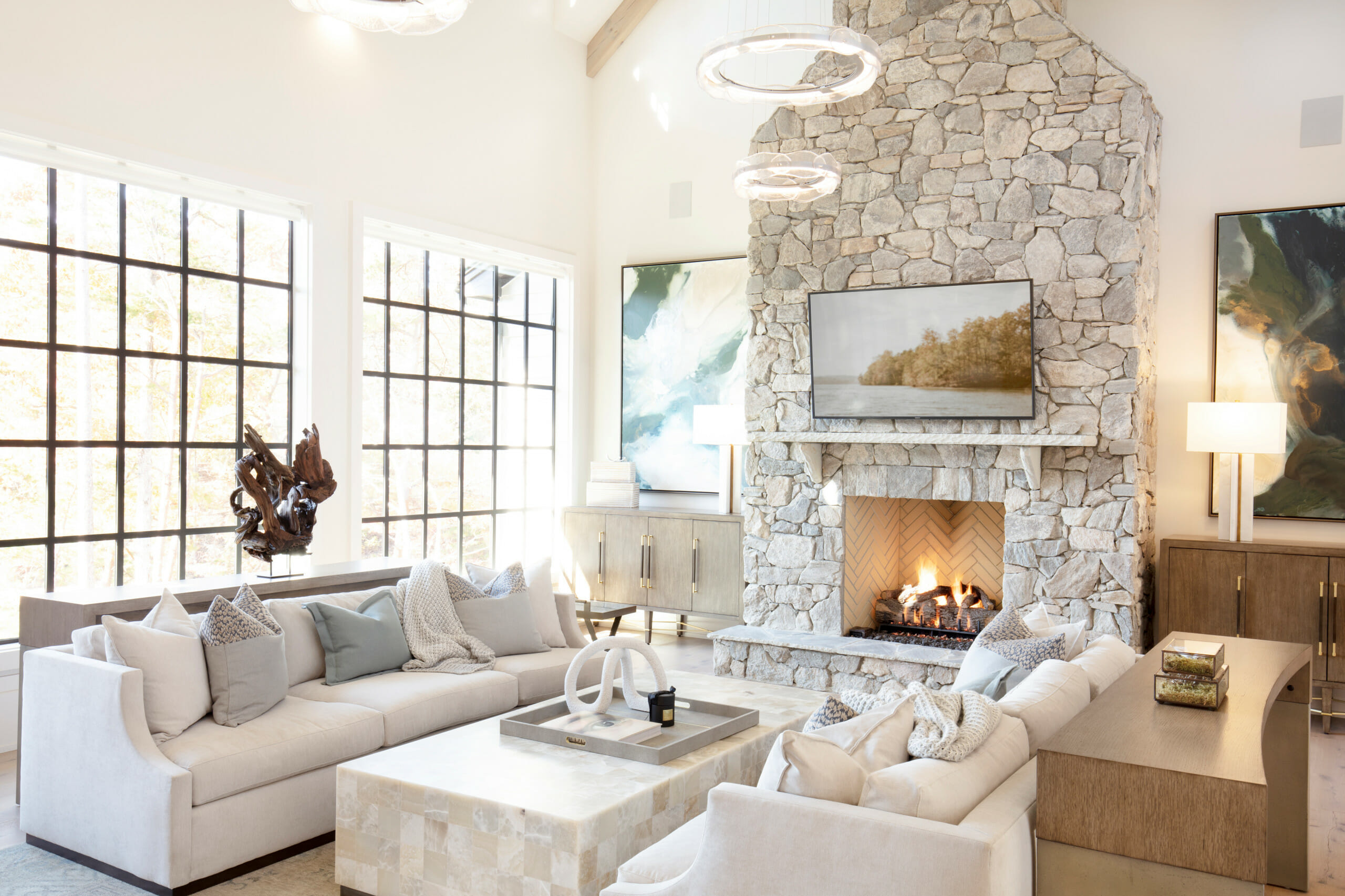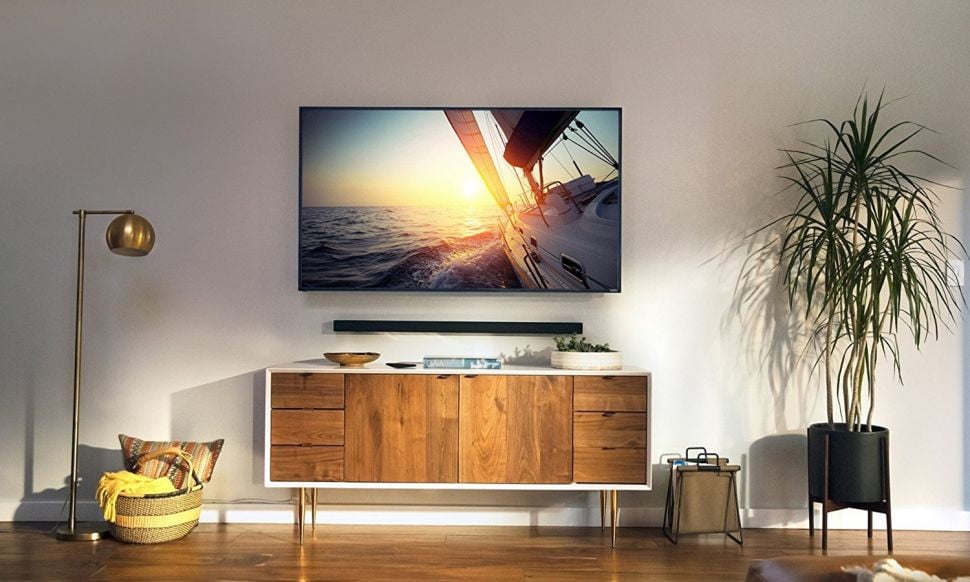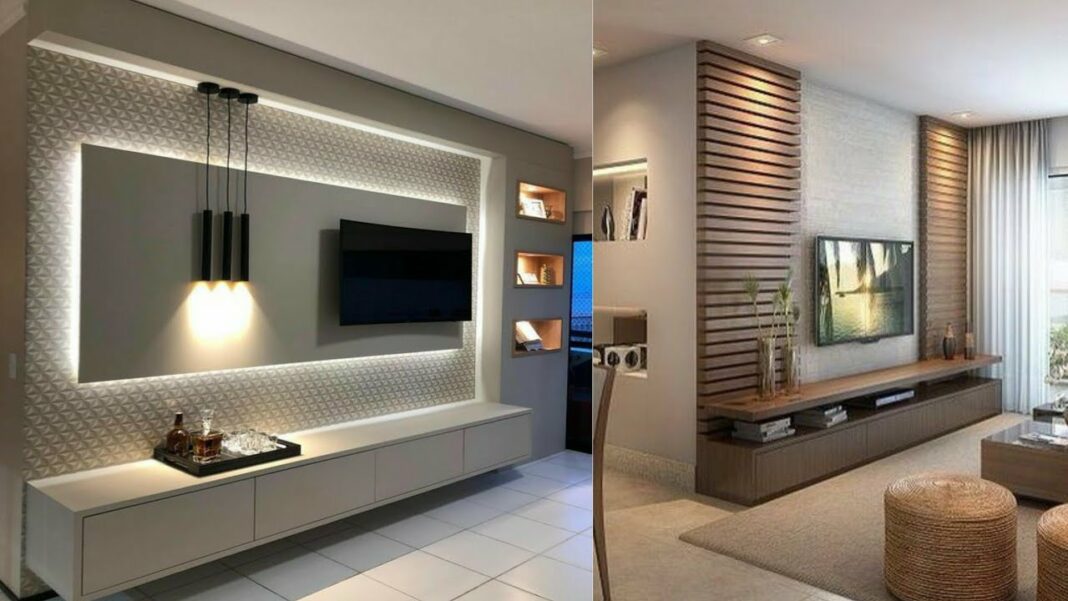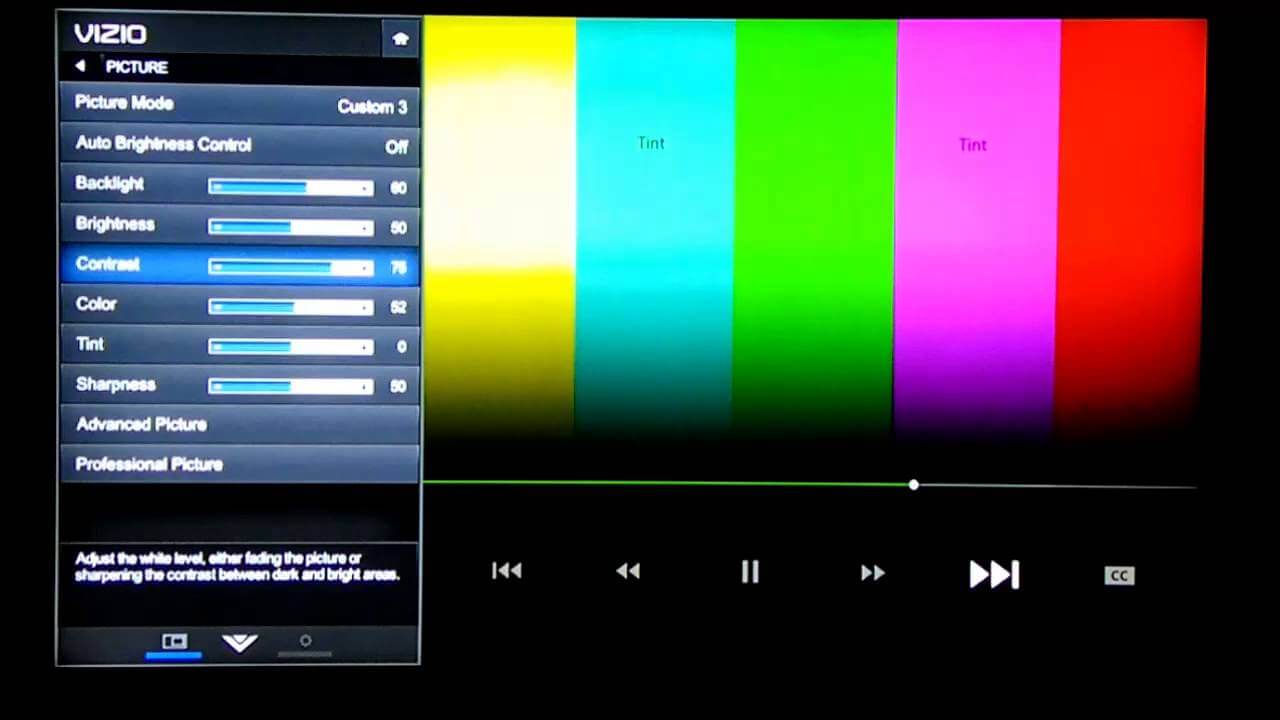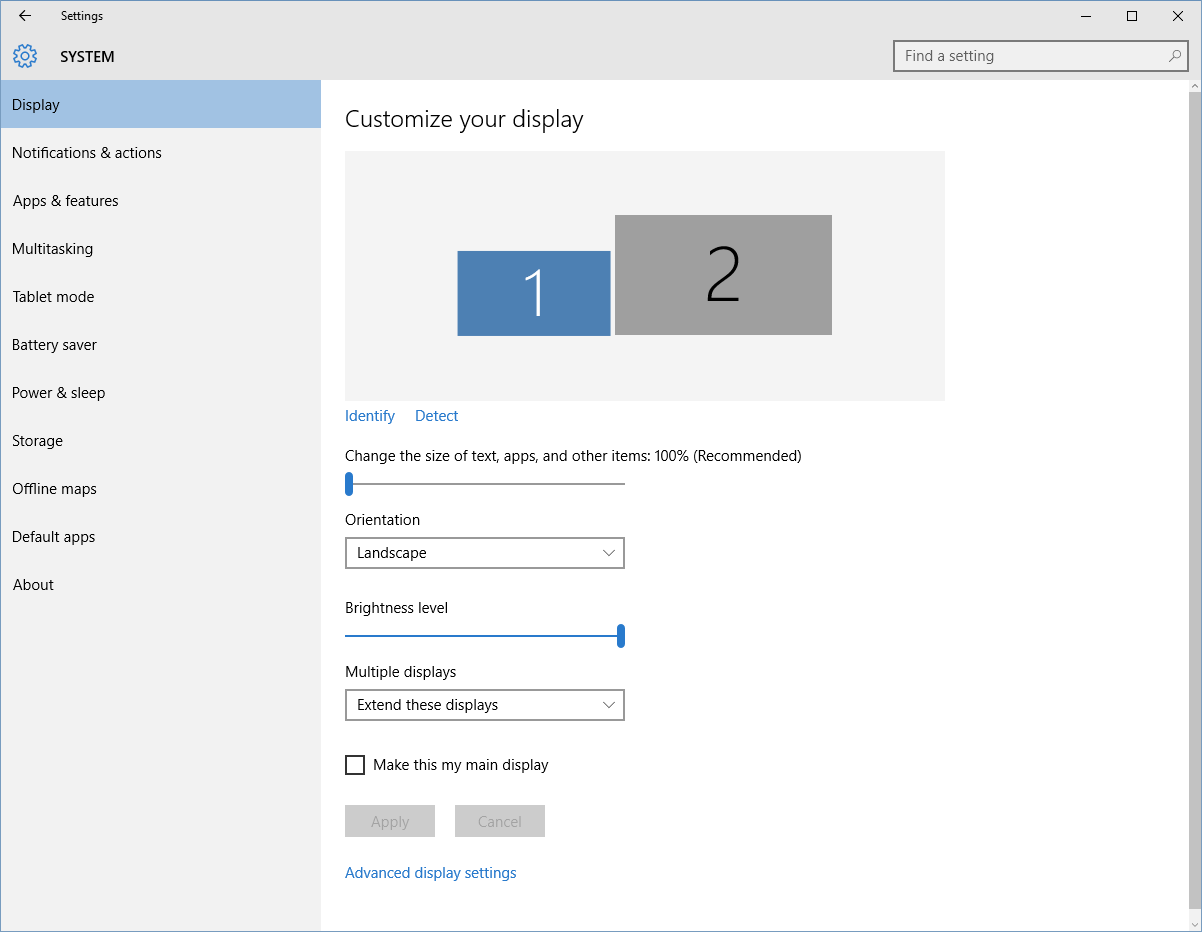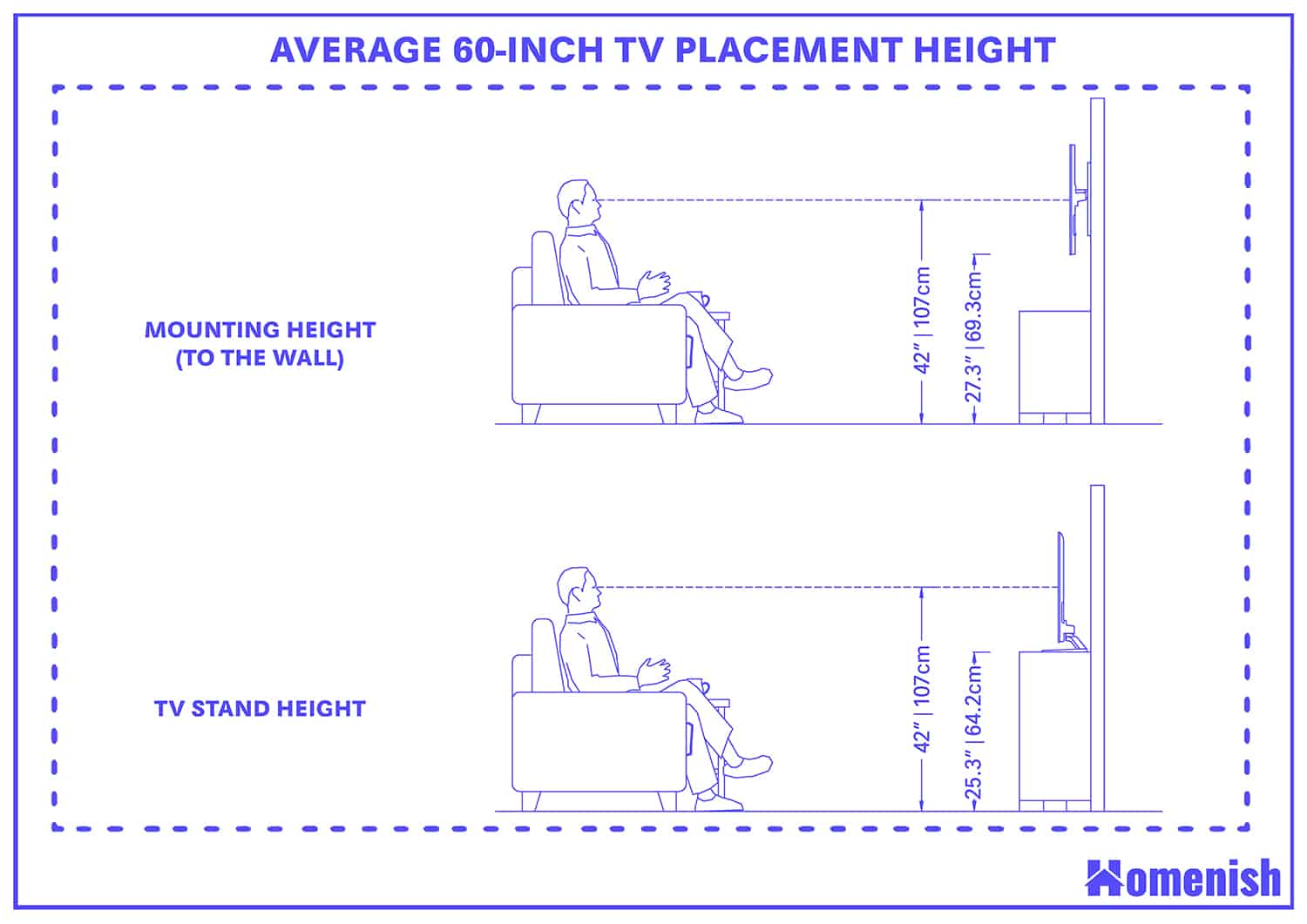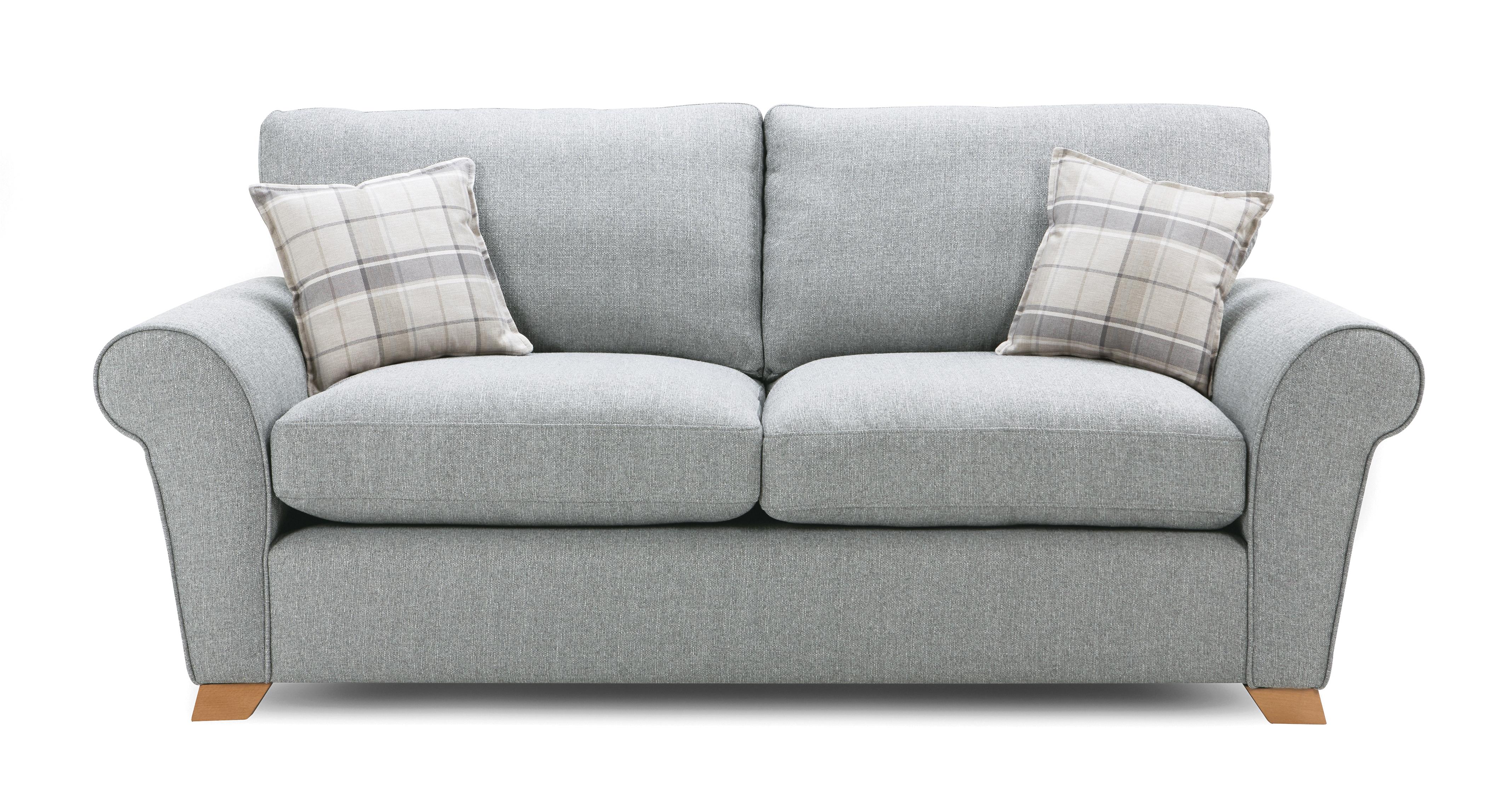When it comes to setting up your living room for the best TV viewing experience, one of the key factors to consider is the optimal viewing angle. This refers to the angle at which you should be looking at the TV screen for the most comfortable and enjoyable viewing experience. Here are some tips for finding the perfect viewing angle for your living room TV. Optimal viewing angles for living room TV
First and foremost, it's important to determine the central viewing spot in your living room. This is where you'll want to position your TV. Ideally, the TV should be placed at eye level when you are sitting in this spot. This will help prevent strain on your neck and eyes while watching TV for extended periods of time. How to set up your living room for the best TV viewing experience
When arranging furniture in your living room, it's important to keep the TV in mind. Make sure that no furniture is blocking the TV screen, and that all seats have a clear view of the TV. Avoid placing furniture too close to the TV, as this can cause discomfort and strain on your eyes. Tips for arranging furniture in your living room for optimal TV viewing
Proper TV placement is essential for optimal viewing angles in your living room. If the TV is too high or too low, it can cause neck strain and make it uncomfortable to watch for long periods of time. The ideal placement is at eye level, as mentioned earlier. The importance of proper TV placement in the living room
Glare and reflections can be a major distraction when watching TV. To avoid this, make sure the TV is not facing any windows or other light sources. You can also invest in an anti-glare screen protector or adjust the angle of the TV to minimize glare. How to avoid glare and reflections on your living room TV
When it comes to TV size, bigger is not always better. The size of your living room should be a determining factor in choosing the right TV size. If your living room is small, a larger TV may be overwhelming and make it difficult to find the optimal viewing angle. On the other hand, if your living room is large, a smaller TV may not provide the best viewing experience. Consider the size of your living room before splurging on a new TV. Choosing the right size TV for your living room
The distance between your TV and seating area also plays a role in optimal viewing angles. A general rule of thumb is to sit at a distance that is three times the height of the TV screen. For example, if your TV is 40 inches tall, you should sit at a distance of 120 inches (or 10 feet) for the best viewing experience. The impact of seating distance on TV viewing angles in the living room
If your living room has an awkward layout or limited space, finding the perfect TV viewing angle can be challenging. One solution is to invest in a swivel mount for your TV, which allows you to adjust the angle of the TV to suit your seating area. Another option is to mount the TV on the ceiling or a high wall, if possible. Creative solutions for awkward living room layouts and TV placement
Mounting your TV on the wall not only saves space, but it also allows for more flexibility in finding the optimal viewing angle. By mounting the TV, you can easily adjust the angle and height to suit your seating area, ensuring a comfortable and enjoyable viewing experience for everyone. The benefits of mounting your TV on the wall in the living room
In addition to physical placement, adjusting your TV's settings can also help improve viewing angles in your living room. Most TVs have settings such as "dynamic" or "movie" mode, which can affect the brightness and color of the screen. Experiment with these settings to find the one that works best for your living room. In conclusion, finding the optimal viewing angles for your living room TV is essential for a comfortable and enjoyable viewing experience. By considering factors such as TV placement, furniture arrangement, and seating distance, you can create the perfect setup for your living room. Don't be afraid to get creative with solutions for awkward layouts, and remember to adjust your TV's settings for the best possible viewing experience. How to adjust your TV's settings for optimal viewing angles in the living room
The Importance of Proper TV Viewing Angles in Your Living Room

Creating the perfect living room design involves more than just choosing the right furniture and decor. It also involves considering the placement and positioning of your TV, one of the main focal points of any living room. Proper TV viewing angles play a crucial role in ensuring a comfortable and enjoyable viewing experience for you and your family.
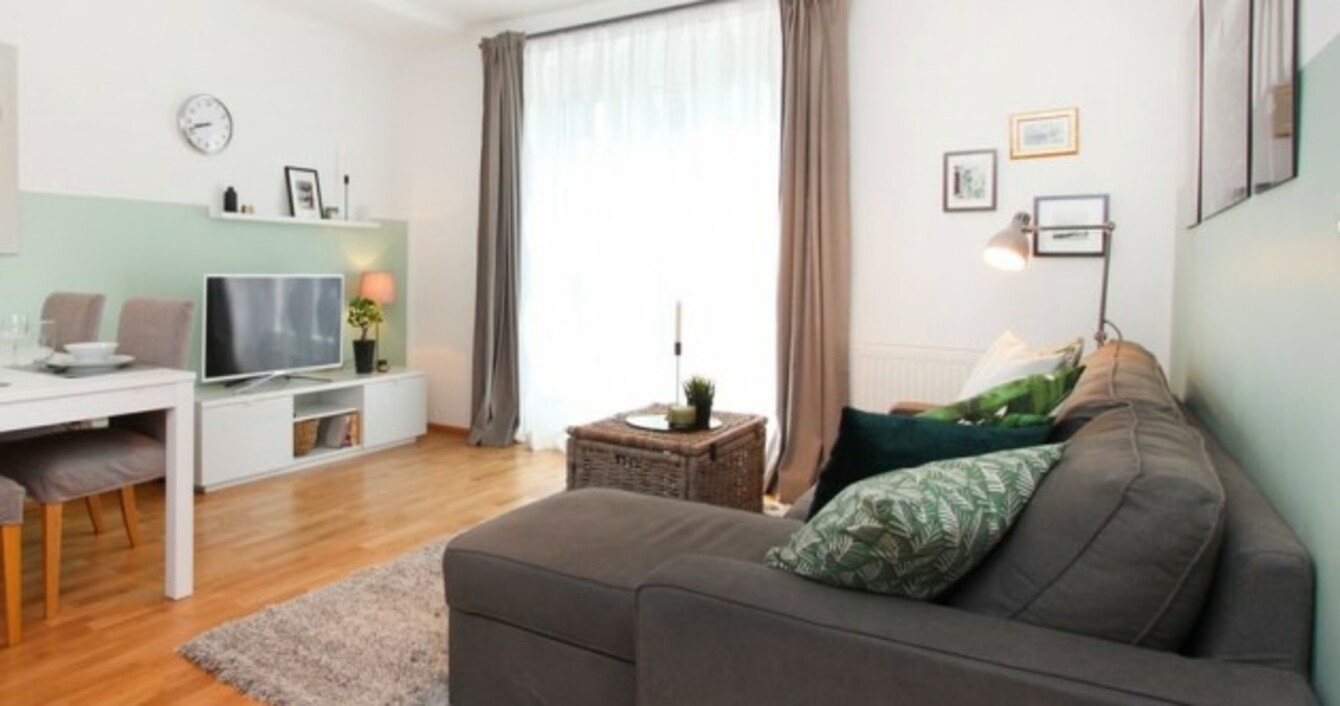
When it comes to TV viewing angles , there are a few key factors to keep in mind. First and foremost, the distance between your TV and seating area is crucial. Too far and you may strain your eyes trying to see details, while too close can result in a distorted image. A general rule of thumb is to sit about 1.5-2 times the diagonal length of your TV away for the best viewing experience.
Next, height is also an important factor to consider. Your TV should be positioned at eye level when seated, as looking up or down at the screen can cause neck strain and discomfort. If your TV is mounted on the wall, make sure it is at a height that is comfortable for your viewing angle.
In addition to distance and height, angle is another crucial aspect to pay attention to. If your TV is placed too high or too low, or at an angle that is not perpendicular to your seating area, it can result in a distorted image and cause discomfort or eye strain. Make sure your TV is positioned straight ahead and at a comfortable height for optimal viewing.
While these are general guidelines for TV viewing angles , it is important to also consider the layout and size of your living room. A larger room may require a larger TV or a slightly further viewing distance, while a smaller room may require a smaller TV or a closer viewing distance. It is also important to take into account any windows or sources of natural light that may create glare or reflections on the TV screen, which can affect your viewing experience.
In conclusion, when designing your living room, it is important to pay attention to TV viewing angles for a comfortable and enjoyable viewing experience. By considering the distance, height, and angle of your TV, as well as the layout and size of your room, you can create a space that is perfect for watching your favorite shows and movies with family and friends.







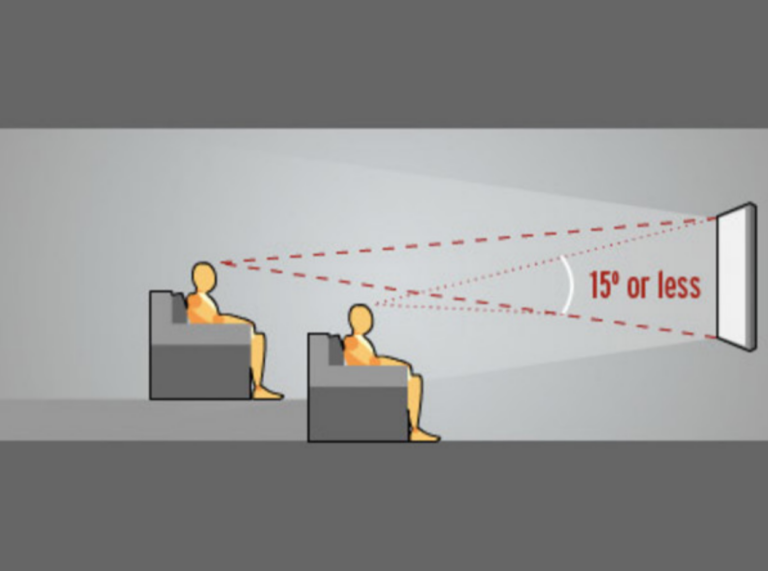




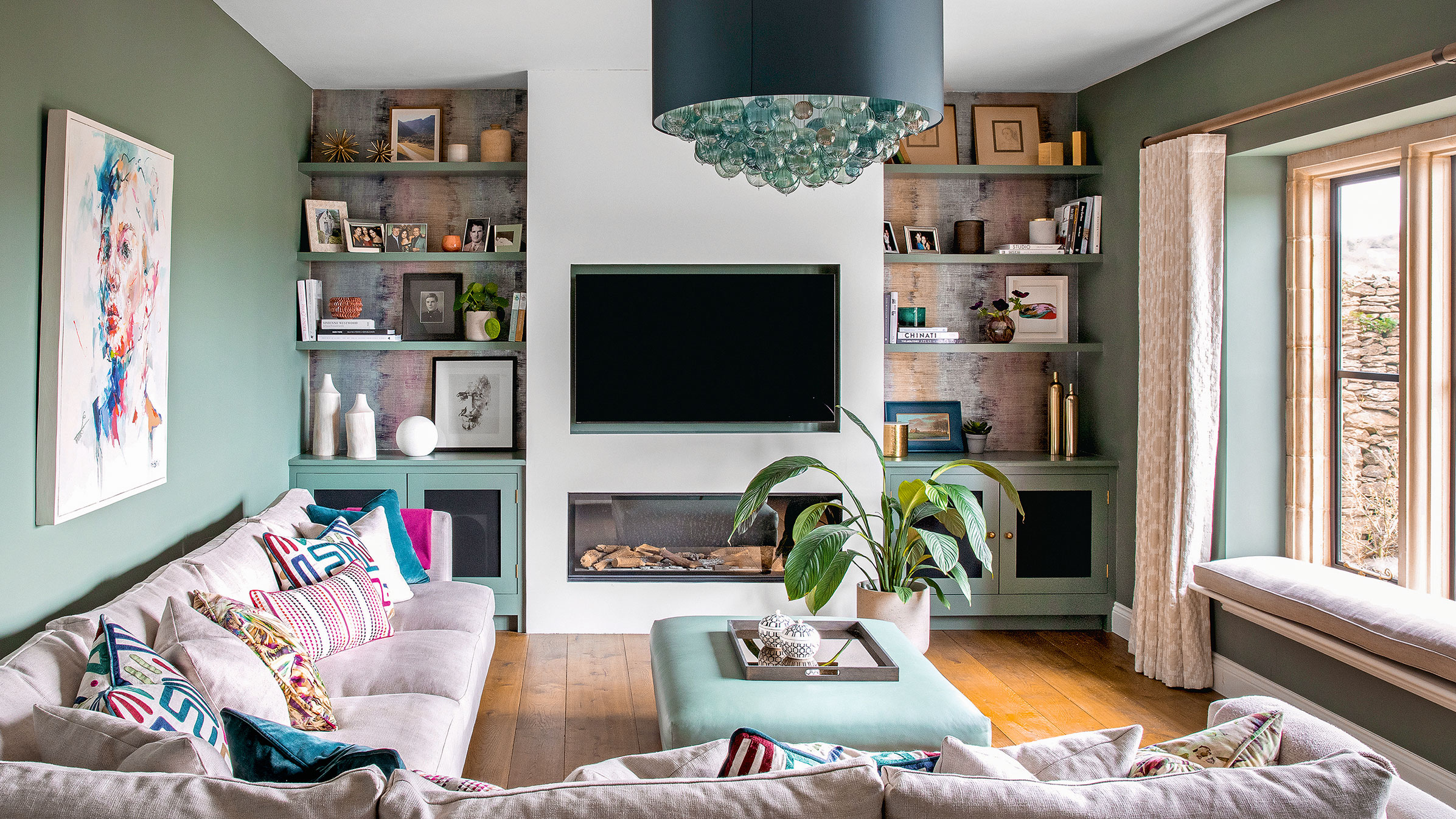













:max_bytes(150000):strip_icc()/rules-for-arranging-furniture-2213418-01-0ce5fc6a876342d693cef4e11367d098.jpg)





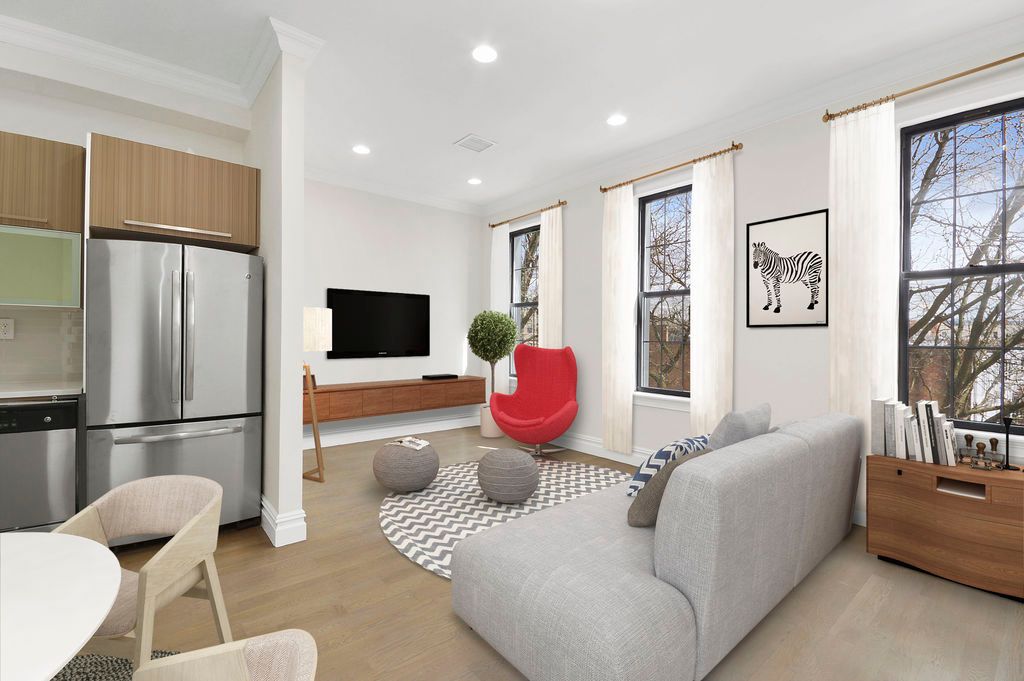





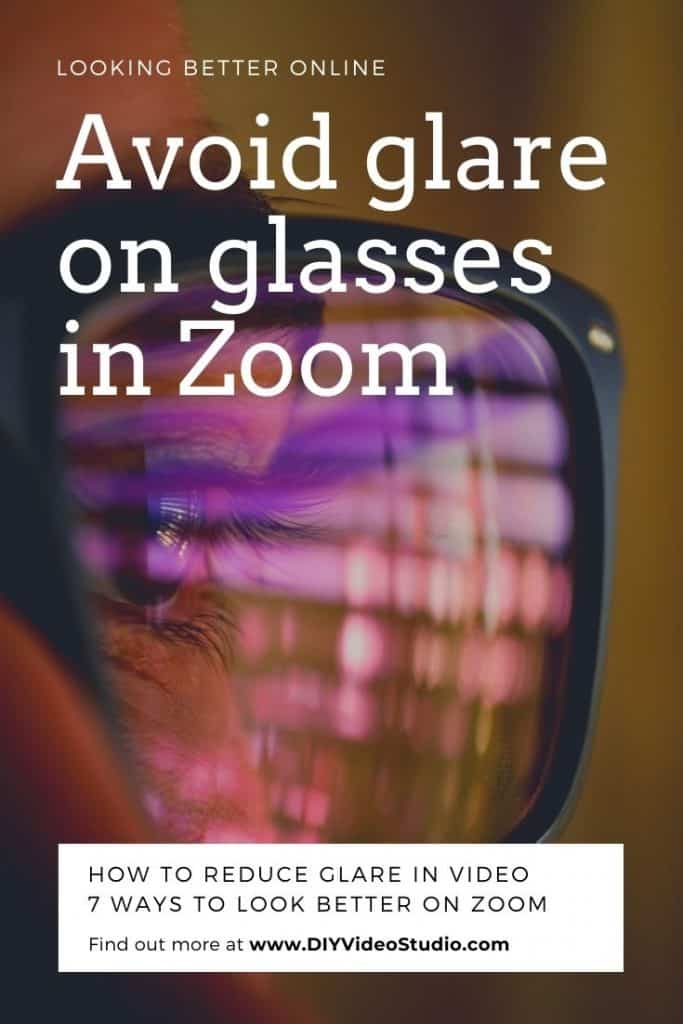





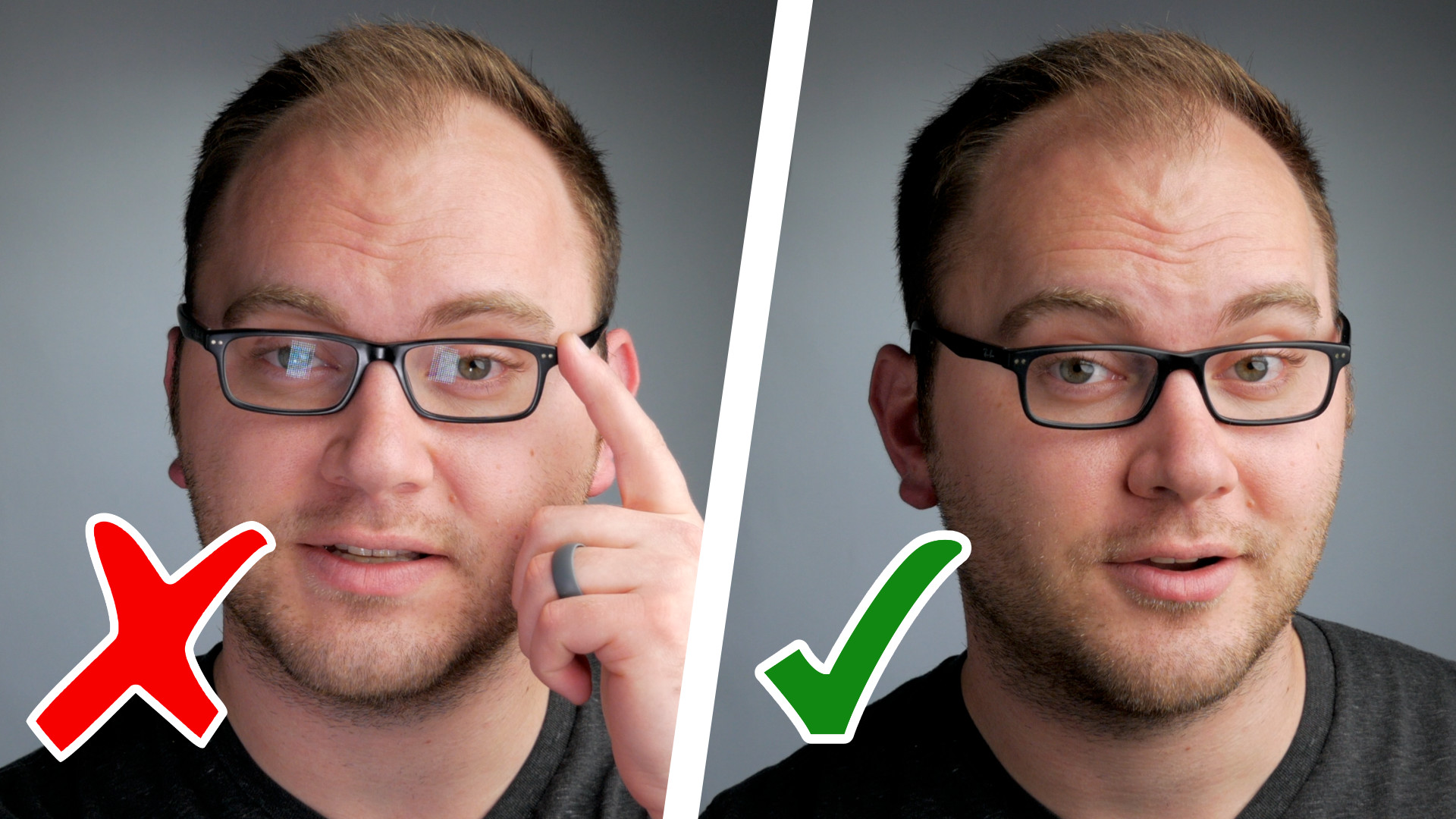







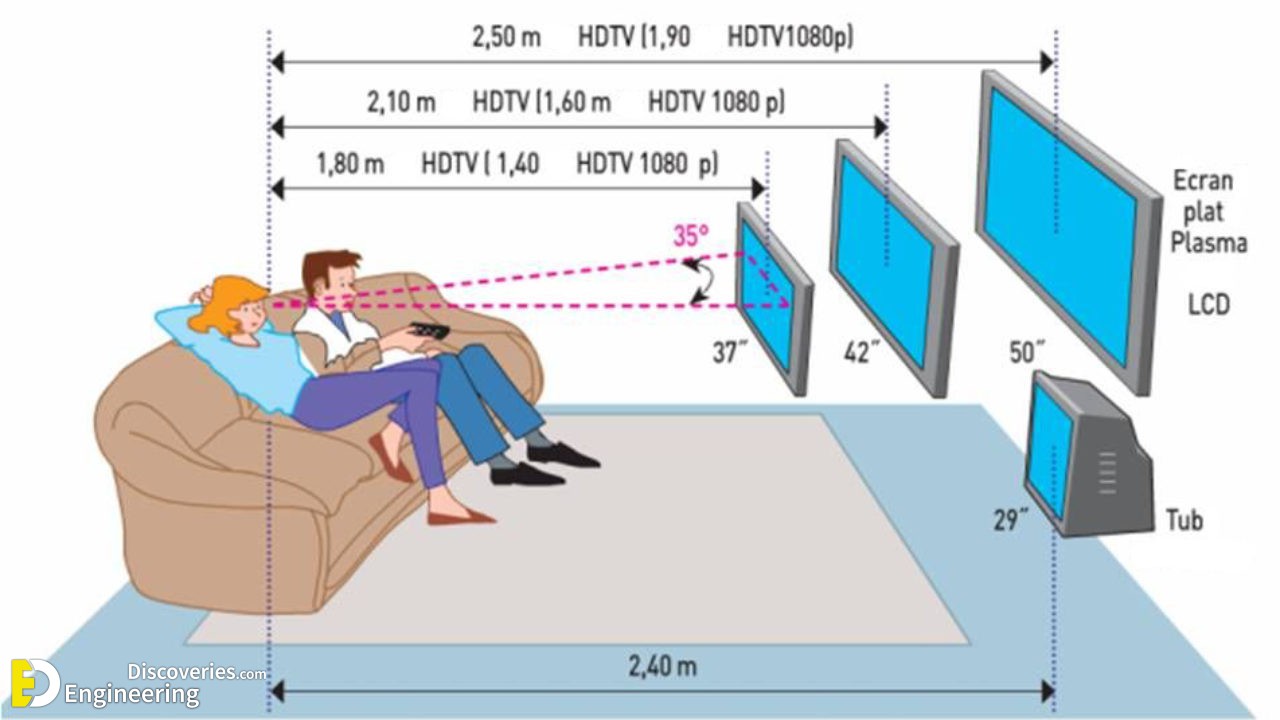


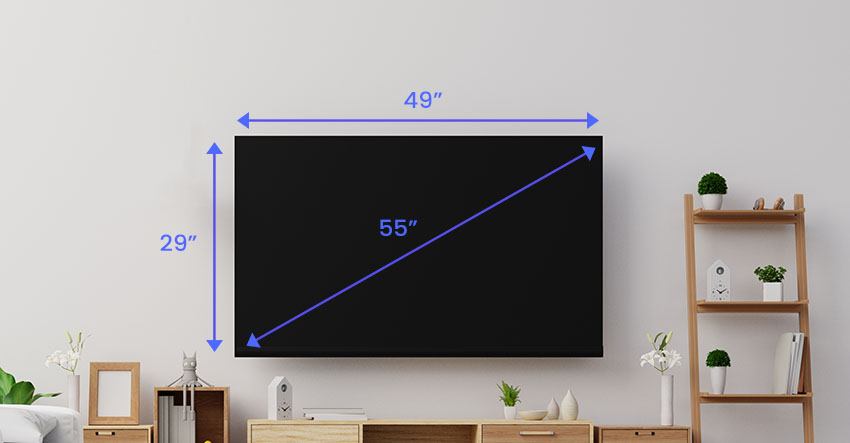


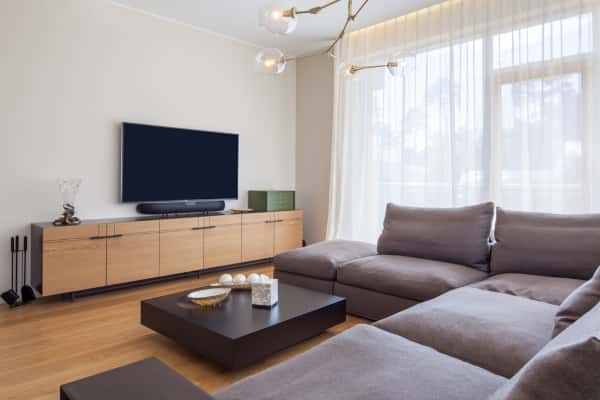
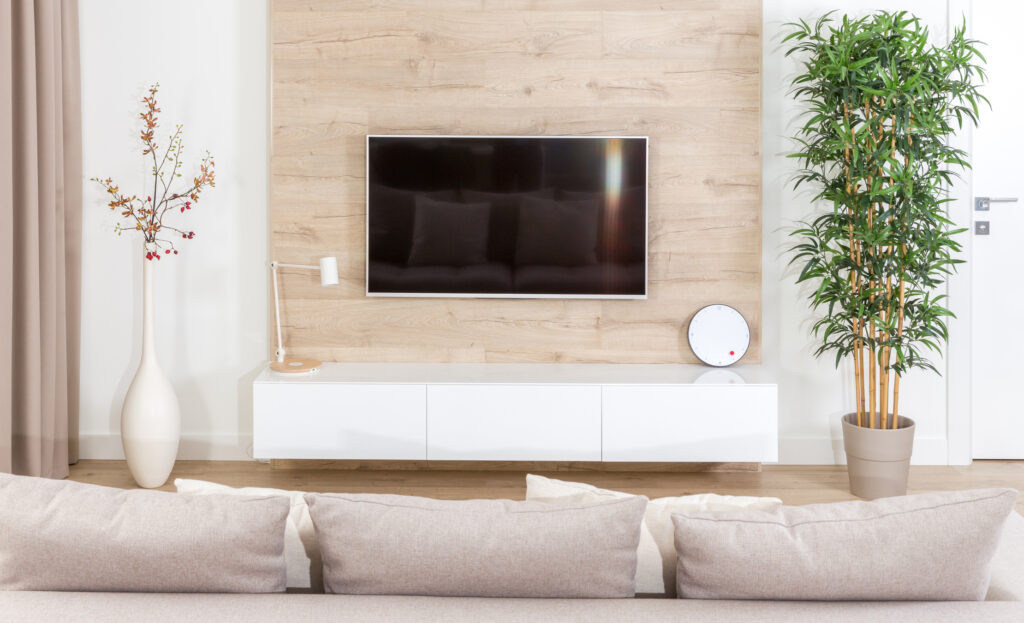
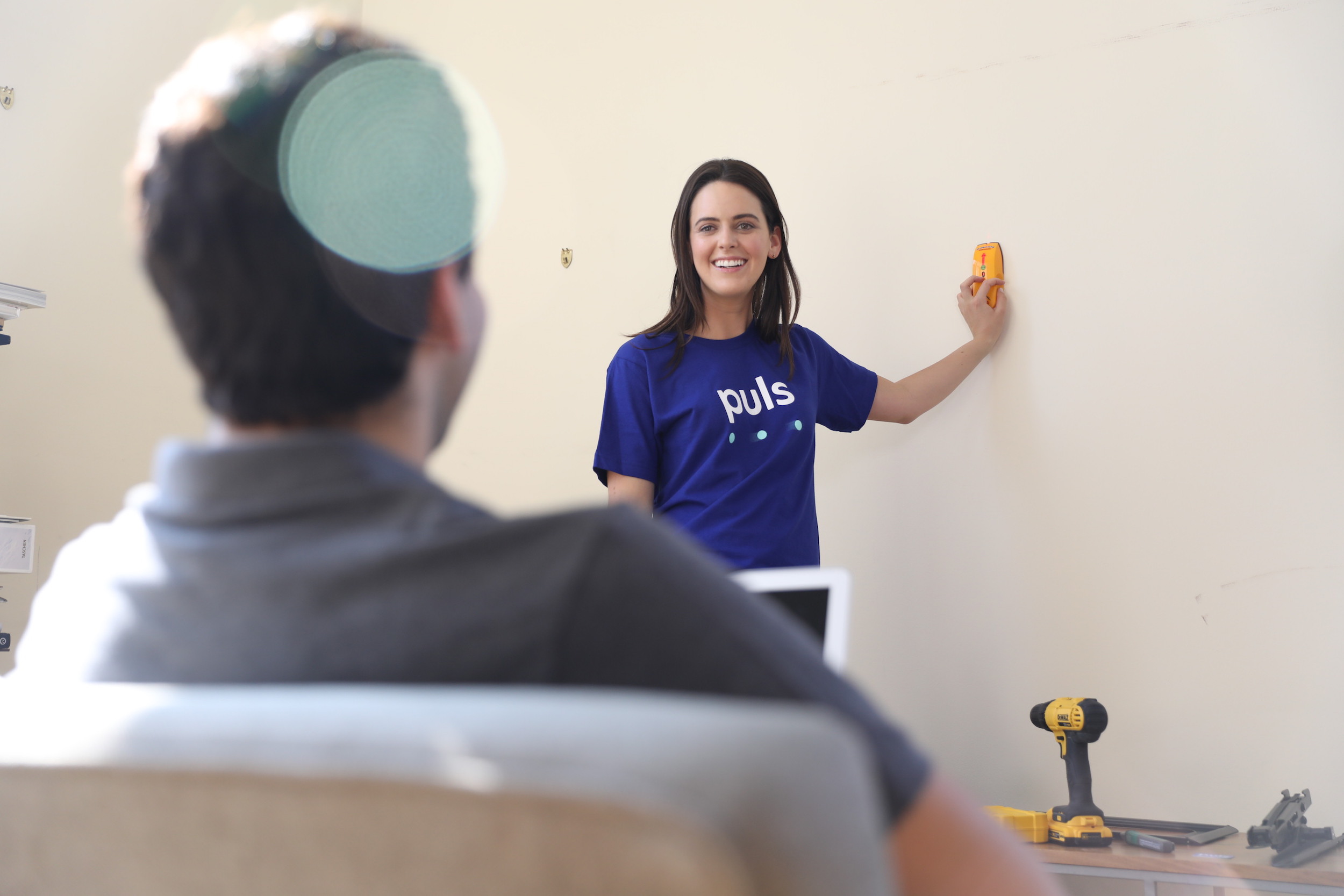







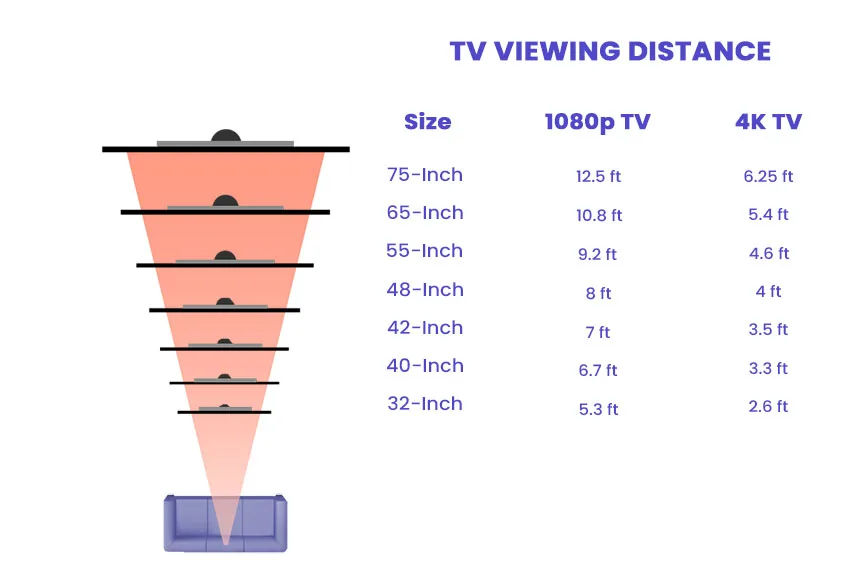




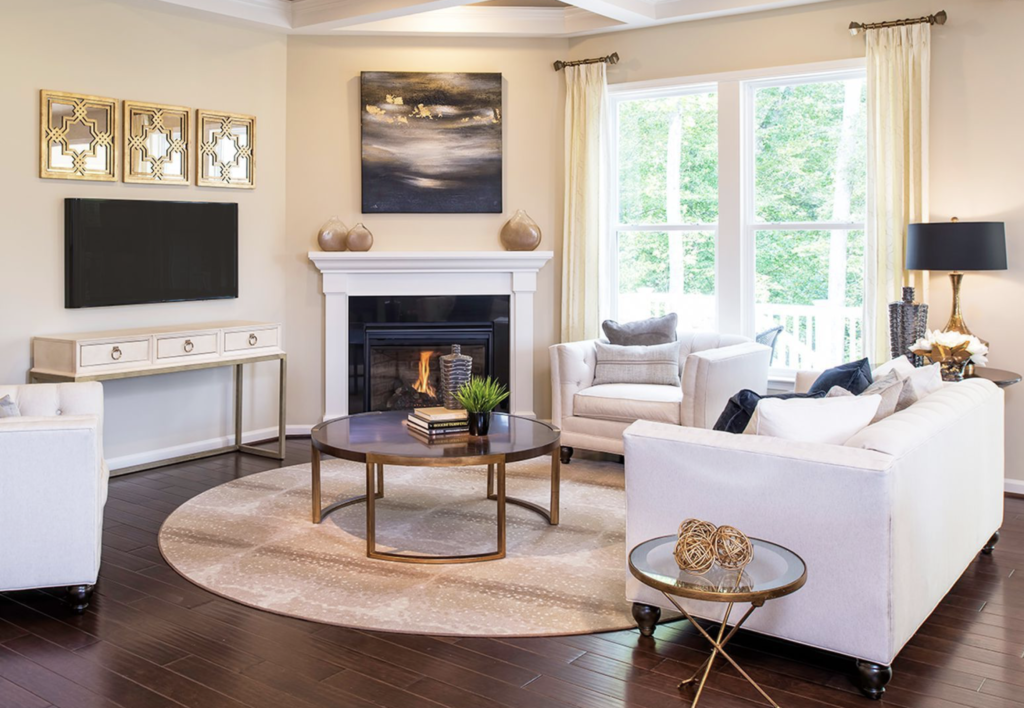
/arrange-furniture-awkward-living-room-5194365-hero-6738bbe71fea4187861db7ad9afbad44.jpg)

